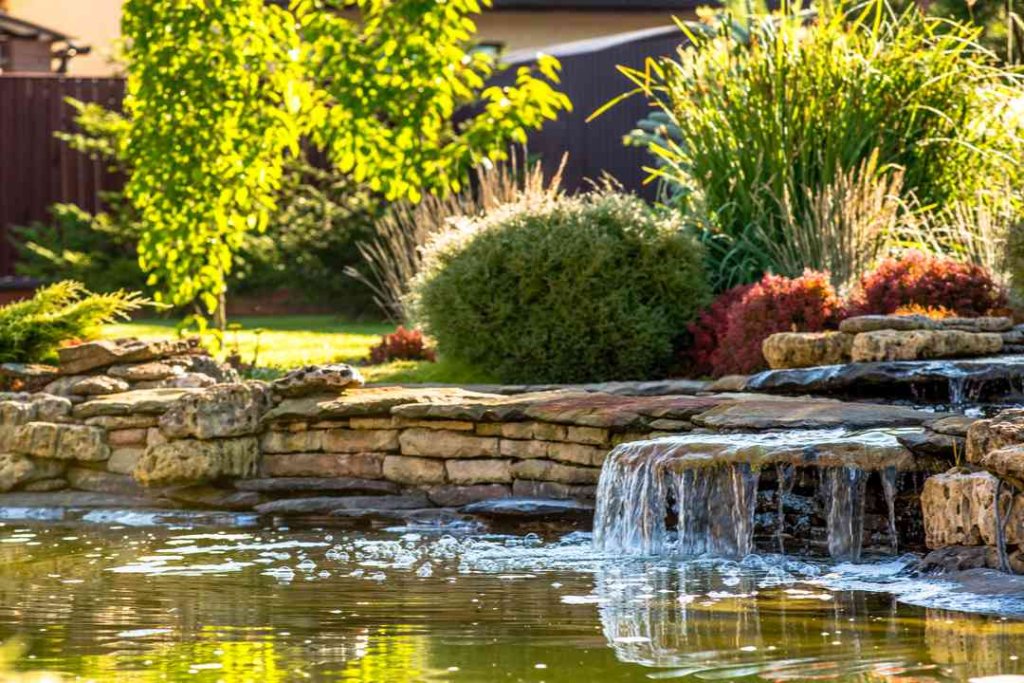Landscaping with rocks can give your outdoor space a beautiful and low-maintenance look. Whether you’re planning to create a rock garden, build a pathway, or decorate your yard, figuring out how much rock to get is important to avoid wasting money and time.
We’ll find the process step by step. We’ll show you how to measure your area, pick the right type of rock, and calculate exactly how much you’ll need. We’ll help you calculate the right amount of rock you’ll need based on the size of your area and the type of rock you want to use. By the end, you’ll have a clear idea of how much rock is required for your landscaping work, making your planning and shopping easy.
Let’s get started.
1. Define Your Landscaping Goals
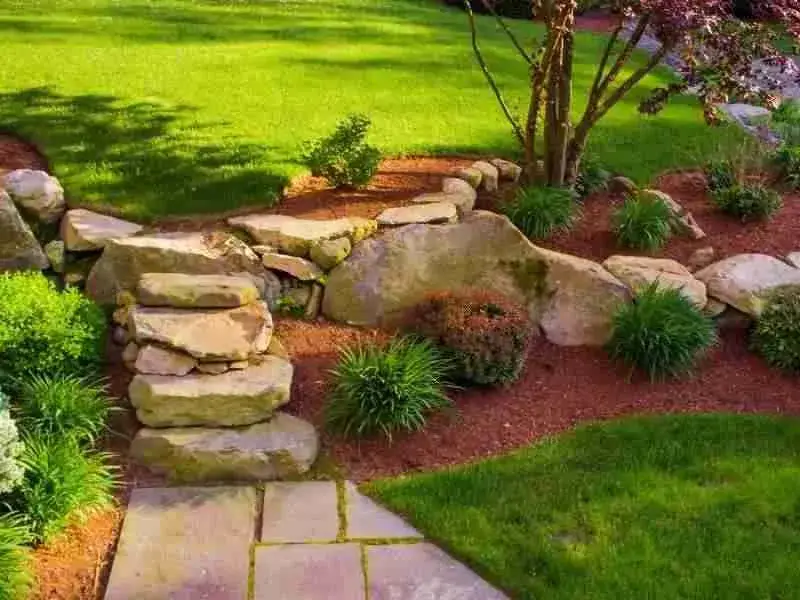
If you are planning to make a pretty rock garden. Put down a pathway or build a strong retaining wall. First, determine what you want to do to know how many rocks you’ll need. Each project, like a nice rock garden, a walking path, or a strong wall, needs different amounts of rocks. So, knowing what you want to do is the first step in figuring out how many rocks to get. For a rock garden, you’ll need enough rocks to cover the area and make it look nice. A pathway needs rocks to make a safe and steady surface for walking. When building a wall, you’ll need rocks to stack and make it strong. By understanding your needs, you can figure out how many rocks to get, ensuring your project turns out great.
2. Measure Your Space
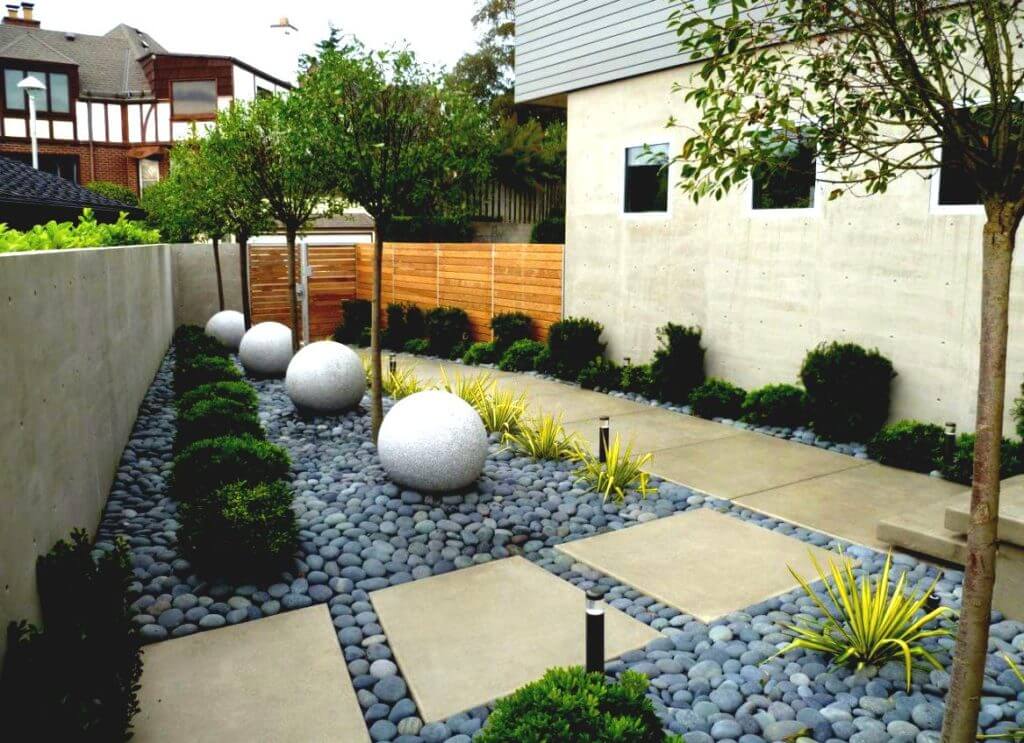
To ensure you get the right amount of rocks for your project, follow these easy steps. First, use a tape measure or a digital tool to check how long, wide, and deep the area you want to cover is. Don’t forget to use the same units for all your measurements, like feet or meters, so things stay consistent. It’s not difficult at all. Measuring is the first thing you must do to get your rocks right. You’ll be all set once you’ve got these numbers down.
3. Calculate Volume
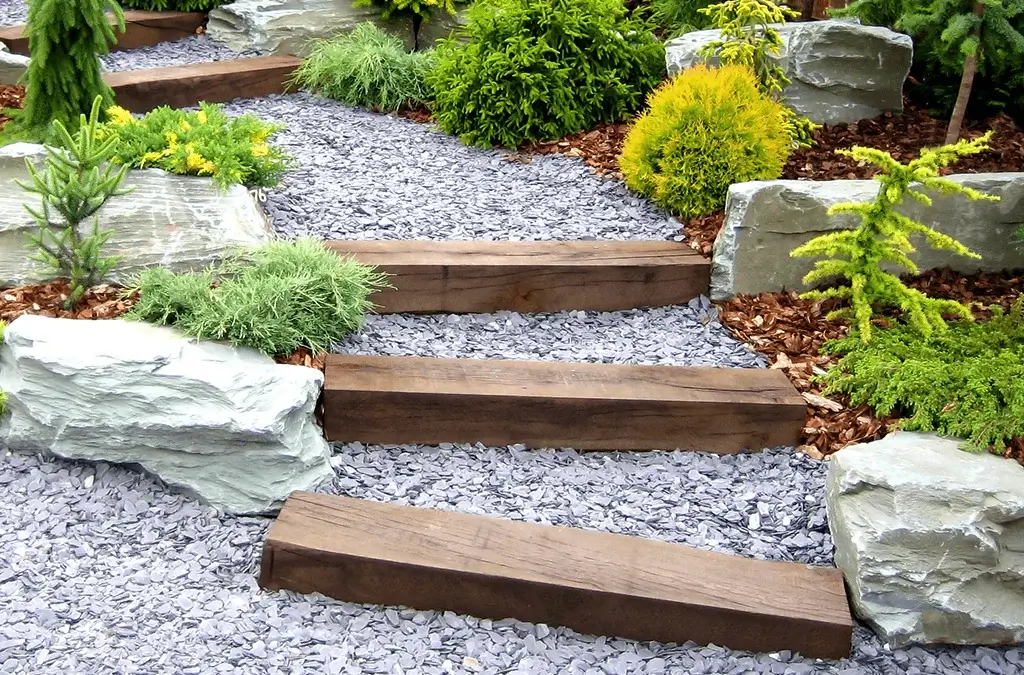
No worries, calculating how much rock you need is super simple. Just measure how long, wide, and deep your space is. Then, multiply those numbers together, and you’ll know how much rock you need in either cubic feet or cubic meters. If your space is a bit odd-shaped, don’t stress. Just break it down into smaller parts, find the volume for each bit, and add them up. This way, you’ll get the exact amount of rock needed for your project.
4. Account for Compaction
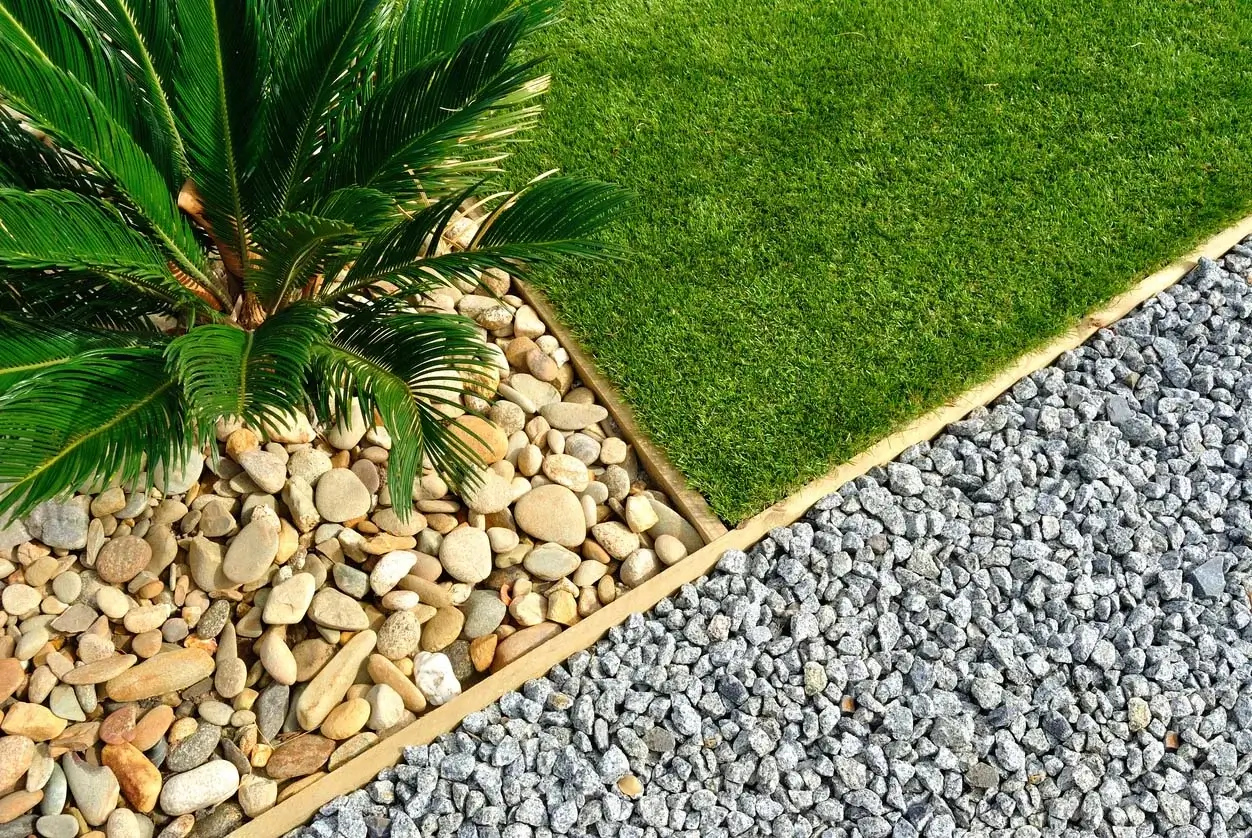
Rocks get squished together as time goes by, so when you’re figuring out how much rock to use, it’s a good idea to plan for this squishing, called compaction. A simple way to do this is to add some extra rock, like 10% to 20% more than what you first thought you needed. This way, you won’t run out as the rocks settle into place. So, if you thought you needed 100 pounds of rock, get 110 to 120 pounds instead. It’s like giving your project some extra space for the rocks to settle comfortably. This easy step can prevent any unexpected shortages later on.
5. Consider the Type of Rock
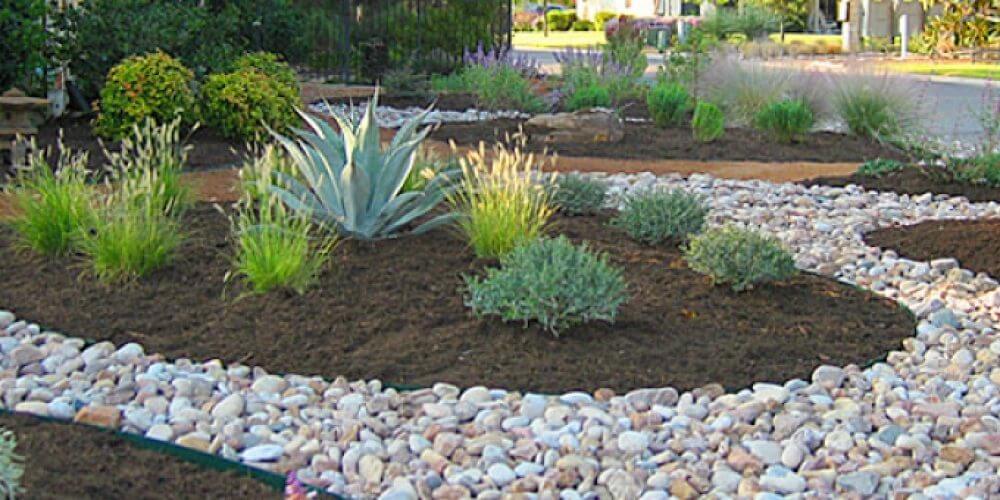
Rocks come in all kinds, and some are heavy, while others are light. Granite and limestone are heavy, but pea gravel and river rocks are light. So, before you use rocks, find out how heavy they are. You can ask the person you got them from or look online. Once you know the weight, you can do your math easily. This helps you make sure your project goes the way you want it to, with no surprises. So, don’t forget to check the rock’s weight before you start your work.
6. Choose the Size of The Rock
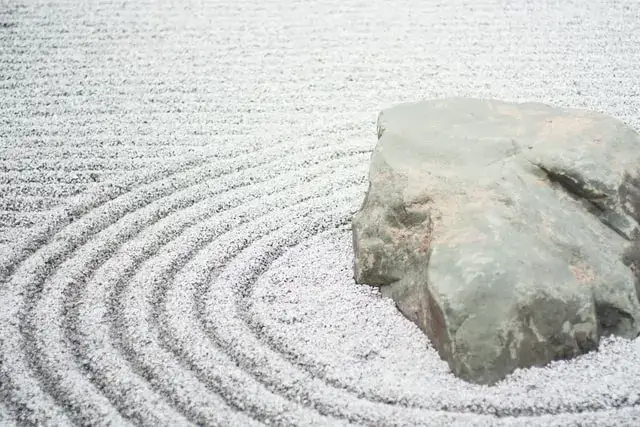
Picking the right size rocks is important for your landscaping project. If you choose small rocks, they won’t cover as much space as big ones. Don’t forget, how deep you put the rocks also changes how your yard looks. So, think about rock size and deepness when planning your outdoor project.
7. Order Extra for Flexibility
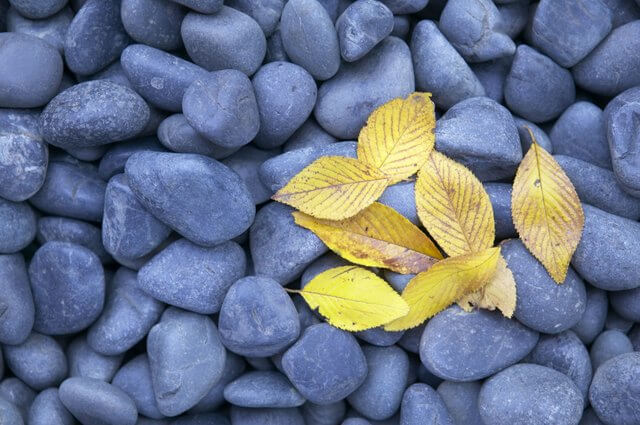
Having some extra rocks is better than not having enough during your project. You can keep the leftover rocks for later landscaping or use them for small fixes. It’s a good idea to get a bit more than you think you’ll need. That way, you won’t get stuck without enough rocks in the middle of your project. You’ll have some rocks handy for future landscaping or small repairs. So, don’t forget, it’s a smart move to have extra rocks.
8. Plan for Delivery and Installation
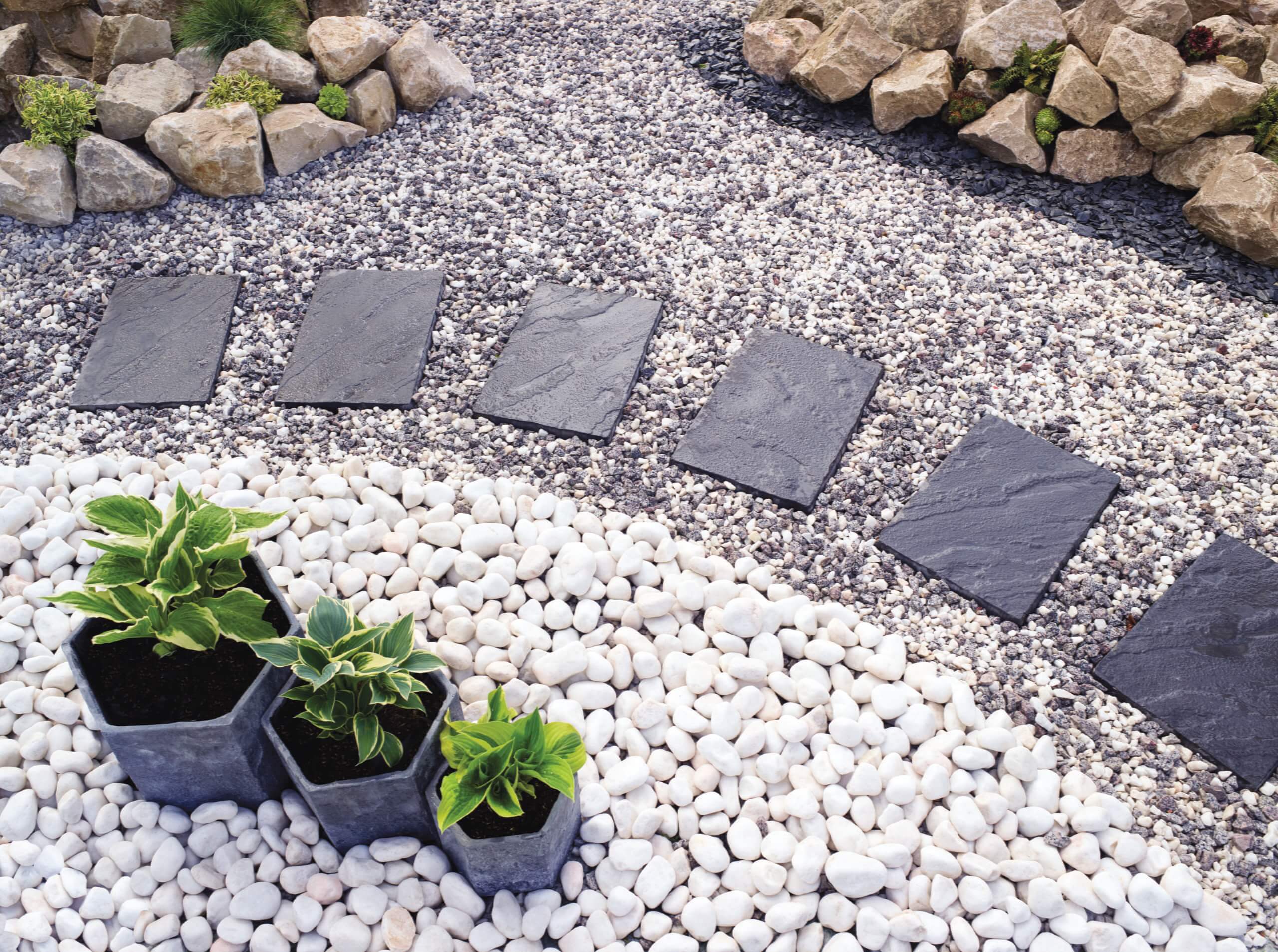
When you’re buying rocks. Don’t forget that there might be extra costs for bringing them to your place. It’s important to add up these expenses. Also, think about how you’ll move and put the rocks where you want them. How you do this can affect how much money and time you’ll need. You might need to rent a truck or get some help if it’s a big job. Planning can save you money and make sure your work stays on schedule.
Need front yard rock landscaping ideas? Our guide offers unique and stylish solutions.
Conclusion
Knowing how much rock you need for landscaping is all about measuring and planning. First, measure the area you want to cover with rock. Then, decide how deep you want the rock to be. Multiply the length, width, and deepness to find the volume in cubic feet.
It’s important to buy a little extra rock to account for mistakes or settling over time. You can use online calculators or ask for help at the store if you’re unsure. Don’t forget that rocks come in different sizes, so you might need more or less, depending on your choice.
This way, your landscaping work will go smoothly, and you’ll have the perfect amount of rock to make your outdoor space look fantastic.
Be sure to check out these other posts for more fascinating insights

